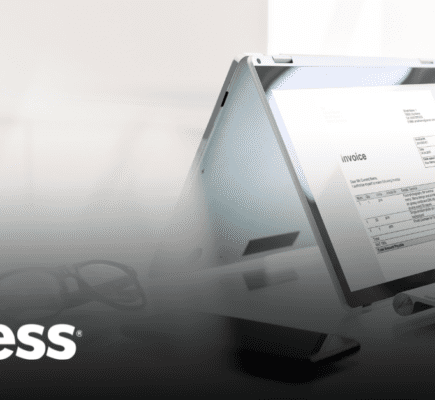
In the world of insurance, data is king.
It’s the lifeblood that powers decision-making, risk assessment, customer service, and more. But what happens when this vital resource falls into the wrong hands?
Records managers at insurance firms understand the weight of this scenario all too well. The question then is, are we doing enough to ensure the data security and privacy of our insurance records?
Continue reading to discover the critical importance of safeguarding your records, learn how to improve your data security posture, and review options for technologies to help you accomplish that.
Understanding the Stakes
Data security and privacy are not just buzzwords; they’re the fortress that guards our most valuable asset – information.
In the insurance sector, this takes on even greater significance. Imagine the catastrophe if sensitive client information, financial details, or proprietary data were exposed due to lax security measures.
It’s like leaving your house with the front door wide open – it’s an invitation for disaster.
The Current Landscape
Let’s not kid ourselves; the insurance industry is a prime target for data breaches.
According to the Identity Theft Resource Center, the number of data breaches in the insurance/financial sector increased by 19% in 2022. Do you remember the Anthem breach in 2015? Nearly tens of millions of insurance records were compromised.
Those statistics should be a wake-up call.
Threats to insurance records come in many forms. Cyberattacks, phishing scams, ransomware – these are the usual suspects. But what about internal threats?
An untrained employee unknowingly clicking a malicious link, misplaced physical records, or even outdated systems can lead to significant data breaches.
It’s like fighting a war on two fronts – external and internal.

5/7 Leveraging Your Data: A Journey Through 3 Essential Information Gates
Join our upcoming webinar, where we will guide you through the essential steps to be successful in the age of digital information. The Three Gates to Digital are your roadmap to harnessing the power of technology, improving efficiency, and achieving…
Bolstering Data Security
So, how do we fortify our defenses?
First off, encryption should be your best friend. It’s like converting your data into a secret language that only you can understand. Regular system updates and patches are equally crucial. These are akin to renovating and strengthening your fortress against new, more potent weapons of the enemy.
Secure data storage solutions, both physical and digital, are another must-have. For physical records, this could mean keeping them in a secure, climate-controlled offsite storage facility. For digital records, think secure servers, cloud storage, and backup systems.
Finally, regular audits and risk assessments are the equivalent of routine health check-ups, catching potential vulnerabilities before they turn into full-blown crises.
Prioritizing Data Privacy
Privacy, on the other hand, revolves around controlling who has access to data and how it’s used. This starts with robust data handling and access policies. Who can access which records? What are the protocols for sharing data, both physically and digitally? Clear rules reduce the chance of accidental data leaks.
Employee education is another critical aspect. Just as you wouldn’t hand over the keys to a new car without teaching someone how to drive, employees need training to handle data responsibly.
Anonymization and pseudonymization techniques are also essential tools in your arsenal. They’re like disguises for your data, protecting identities even if a breach occurs.
Let’s not forget compliance with data protection regulations, which is as fundamental as obeying traffic rules. Non-compliance doesn’t just risk data breaches; it can lead to hefty fines and reputational damage.
Embracing Technology
In today’s digital age, technology is our ally. AI and machine learning can help detect unusual activity, like a guard dog that barks at the slightest hint of danger. Blockchain technology offers secure data storage, ensuring that each piece of data, once entered, cannot be tampered with.
Cloud-based solutions offer both security and accessibility. Imagine having a secure vault for your data that you can access anytime, anywhere. That’s the power of the cloud.
Time for Action
The need for data security and privacy in insurance records management is clear. The risks are high, but so are the rewards for getting it right. As records managers, the ball is in our court. Will we step up to protect our most valuable asset?
Remember, in the game of data security and privacy, there’s no room for spectators. It’s time to get in the game. Are you ready?
For your first play, ensure your insurance records aren’t stuck in outdated, insecure systems with our Guide to Rescuing Records from Aging Insurance Systems.




